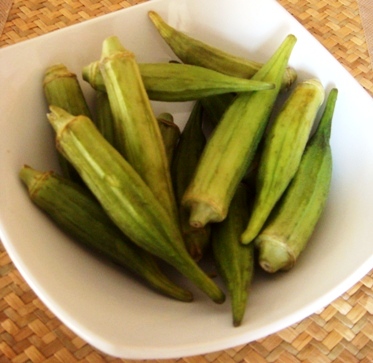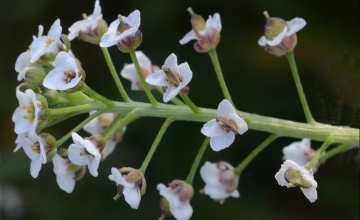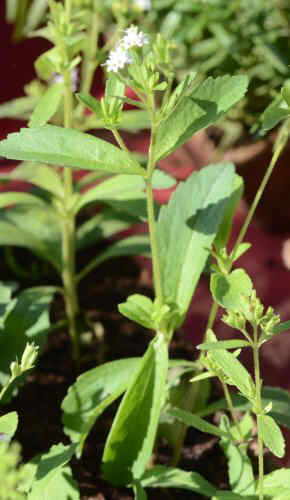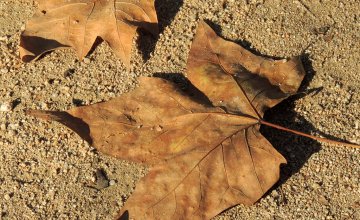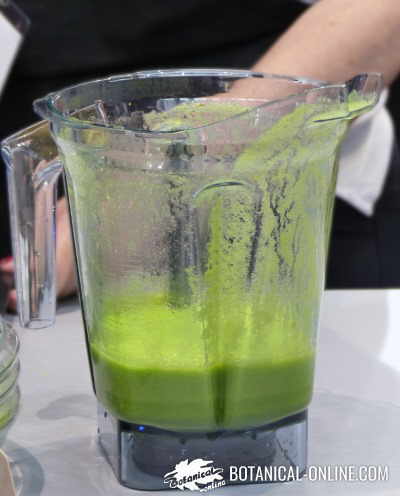How are animals different from plants?
Both animals and plants are multicellular organisms because they are made up of many cells. However, both living beings belong to different kingdoms. This entails a number of different characteristics between animals and plants.
At the cellular level, animals are distinguished from plants by not having chlorophyll, because they are heterotrophic organisms in terms of their nutrition and they are not autotrophs like plants. This explains why they are consumers unlike plants that are producers.
The cells of an animal lack cell walls unlike plant cells.
Generally, animals are free and mobile beings while plants are fixed organisms.
Animal growth is limited by age, but plant growth is unlimited.
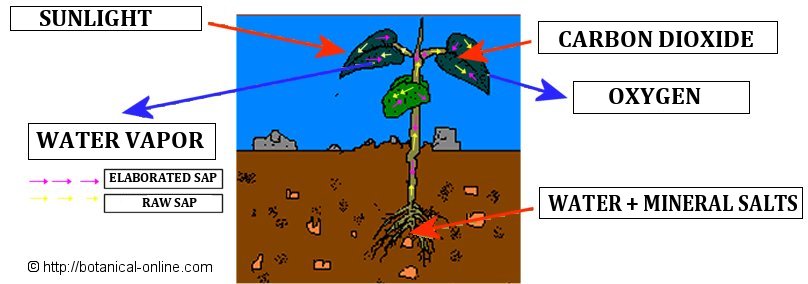
Representation of photosynthesis in a plant
Plants produce their food themselves, as they are autotrophic organisms
When is it difficult to know if we are in front of an animal or a plant?
These animal characteristics are met in higher animals, but as we go down the evolutionary scale and we find more primitive animal species, it is not so clear their distinction with plants. For example, sponges are non-mobiles animals and corals present slow but continuous growth.
Protozoans, belonging to the Protist kingdom, are those living microscopic organisms that cannot be classified as animals, plants, or fungi.
They share with plants the characteristic of having the same cell type, called eukaryotic, which has nucleus and organelles defined by endomembranes. The cell of these living organisms is different from the prokaryotic cell, the typical bacterial cell.
Protozoans, unlike animals, plants and fungi, never form tissues, since they are not multicellular organisms. Even though they are unicellular organisms, these living beings can measure several millimeters in length in cases where they are colonial or even reach several centimeters in larger cases, such as foraminifera, a type of marine organism.
![]() More information on animals
More information on animals


